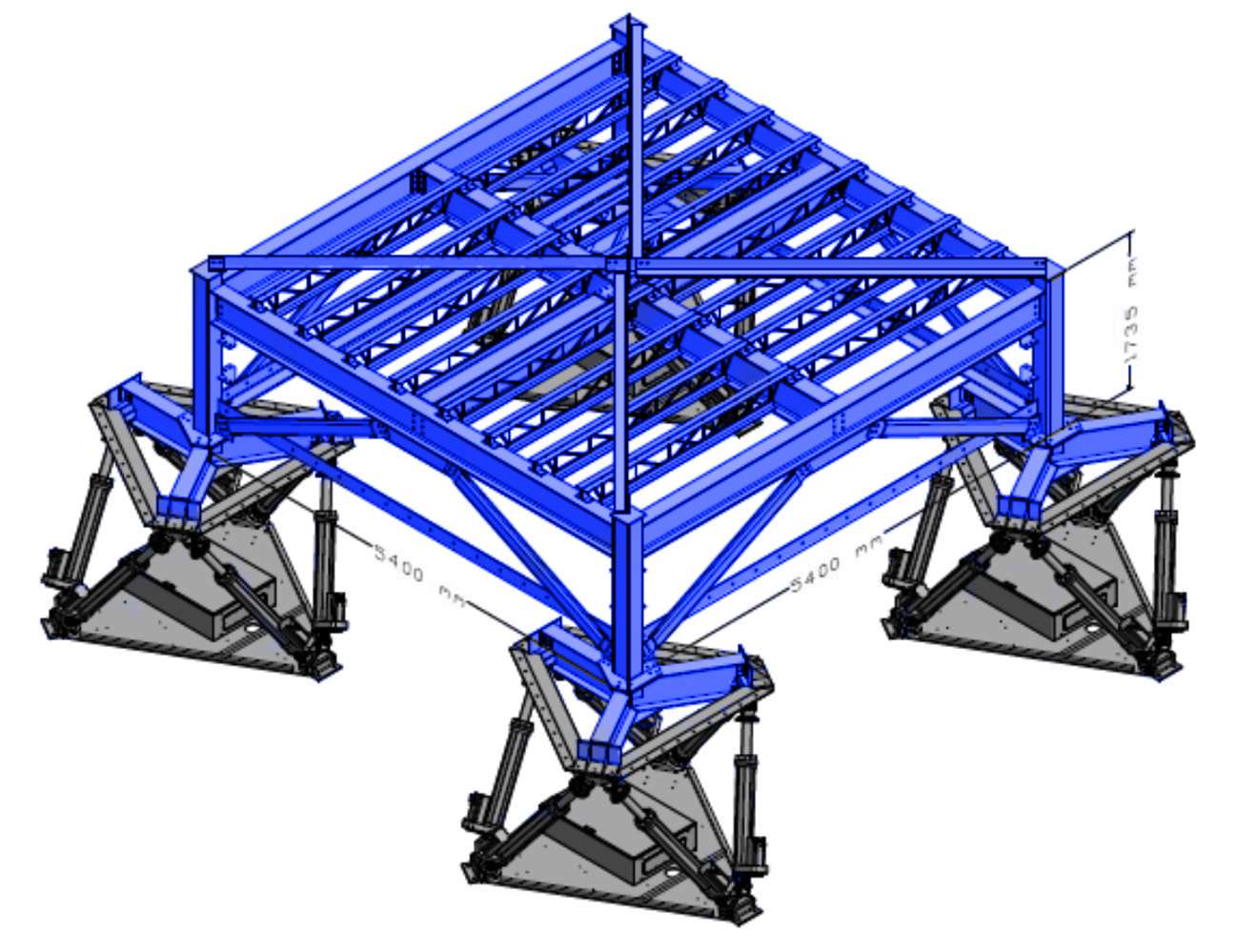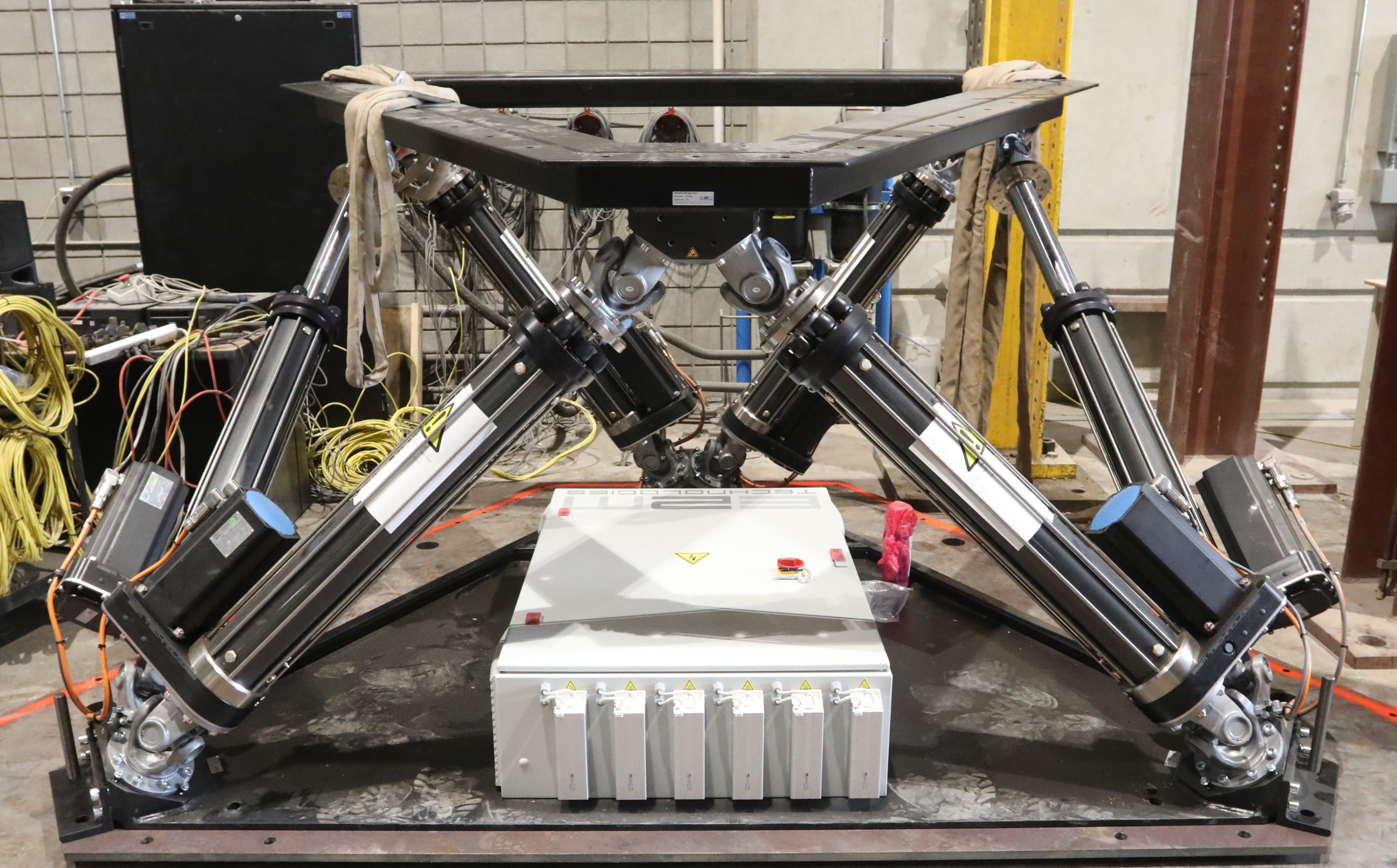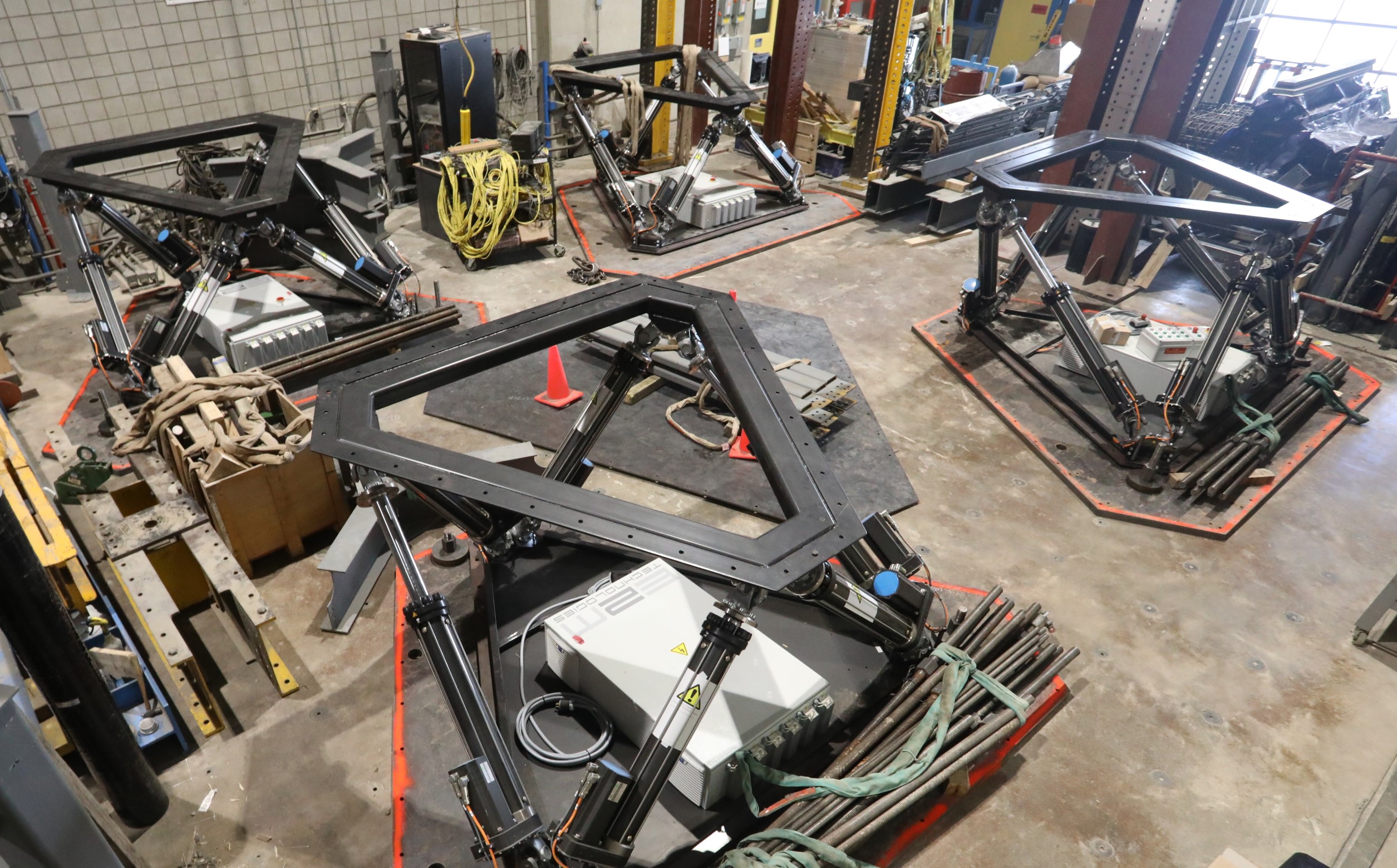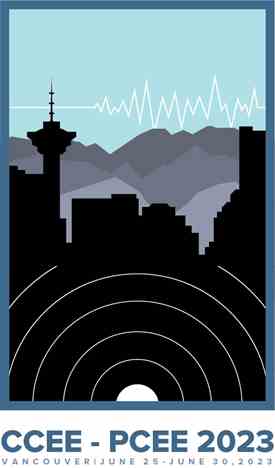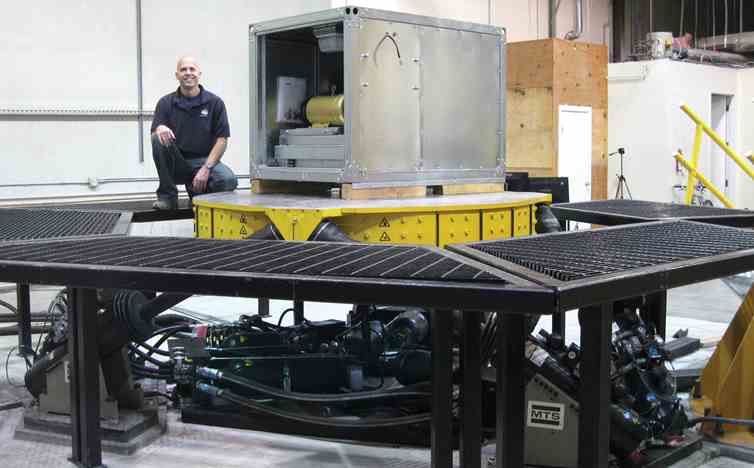Researchers at Carleton University in Ottawa, Canada will employ all-electric E2M motion platforms to gain needed insight into the hazards of suspended ceiling structures in tall buildings during earthquakes.
Carleton University researchers Cameron Flude, David Lau, Jeffrey Erochko, and Geoffrey Davidson recently published a white paper on their development of a test program to study the failure mechanisms of complex suspended ceiling constructions under real-world earthquake loading. To pursue these investigations, they constructed a state-of-the-art testing facility, featuring four all-electric E2M shake tables. Working in sync, the shake tables will subject experimental suspended ceilings to an array of floor motions, enabling Carleton researchers to study their performance across a range of earthquake events and building heights - especially super-tall (>300m) structures where pronounced vertical and rotational forces can be especially damaging.
All-electric shake tables by E2M Technologies B.V. will provide Carleton researchers the flexibility, payload and frequency capacities, and control modes needed to perform meaningful non-structural seismic simulation of suspended ceiling constructions per the requirements of FEMA 461 and AC-156 seismic qualification protocols.
Compact and moveable E2M Motion Platforms, or shake tables, can be easily arranged and configured to accommodate a wide variety of suspended ceiling test article geometries and support rig fixturing.
|
M6-640np-3000 Motion Platform
|
| All-electric hexapod configuration |
| Six-degrees-of-freedom (6DOF) |
| Maximum Payload: |
3000 kg |
| Frequency - max payload: |
30 Hz |
| Frequency - empty table: |
38 Hz |
Multi-table Control Mode enables the four E2M tables to be controlled independently, or combined in groups of two, three, or four to move as one large 6DOF platform in translation and rotation about a single reference location.
